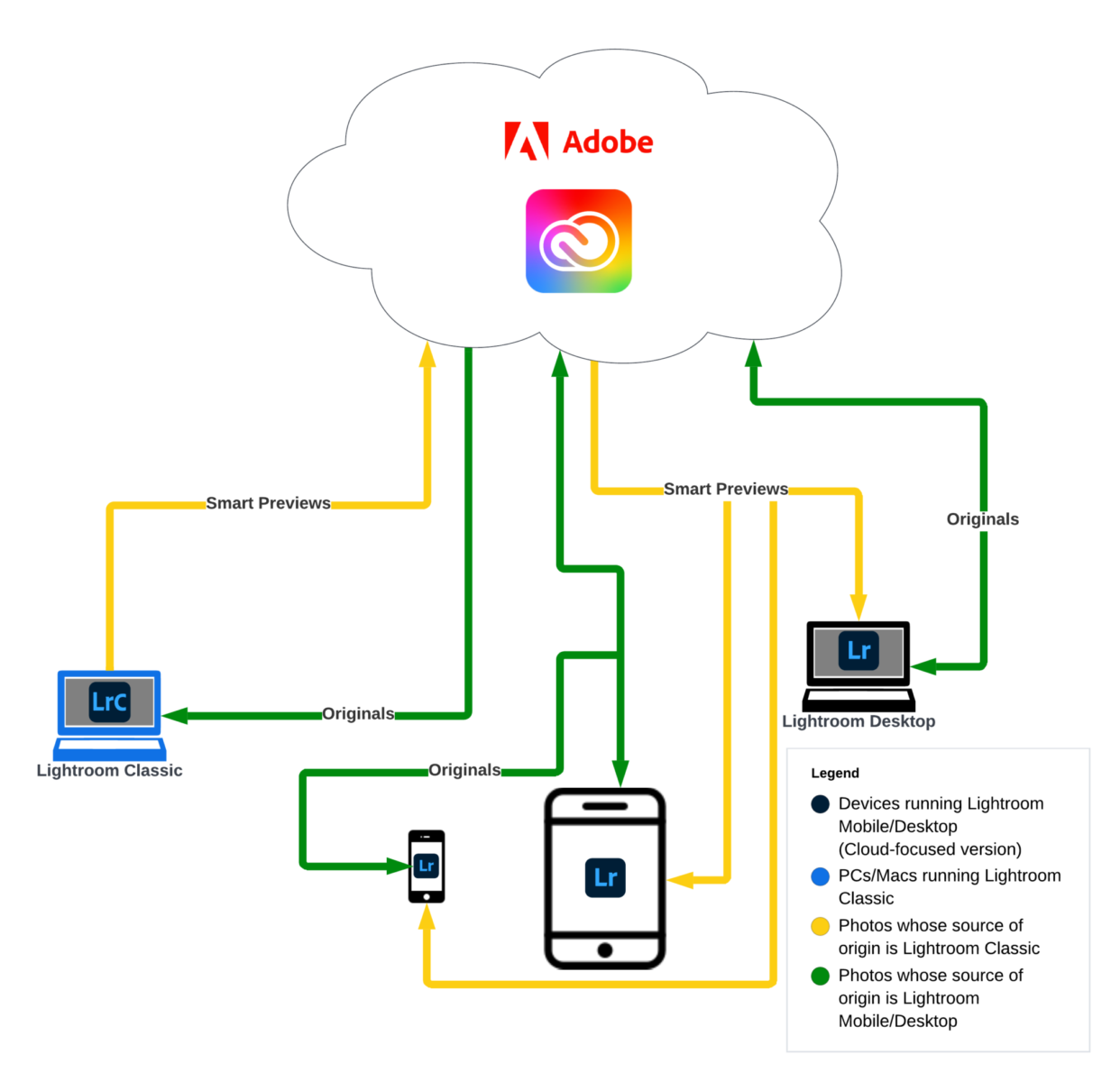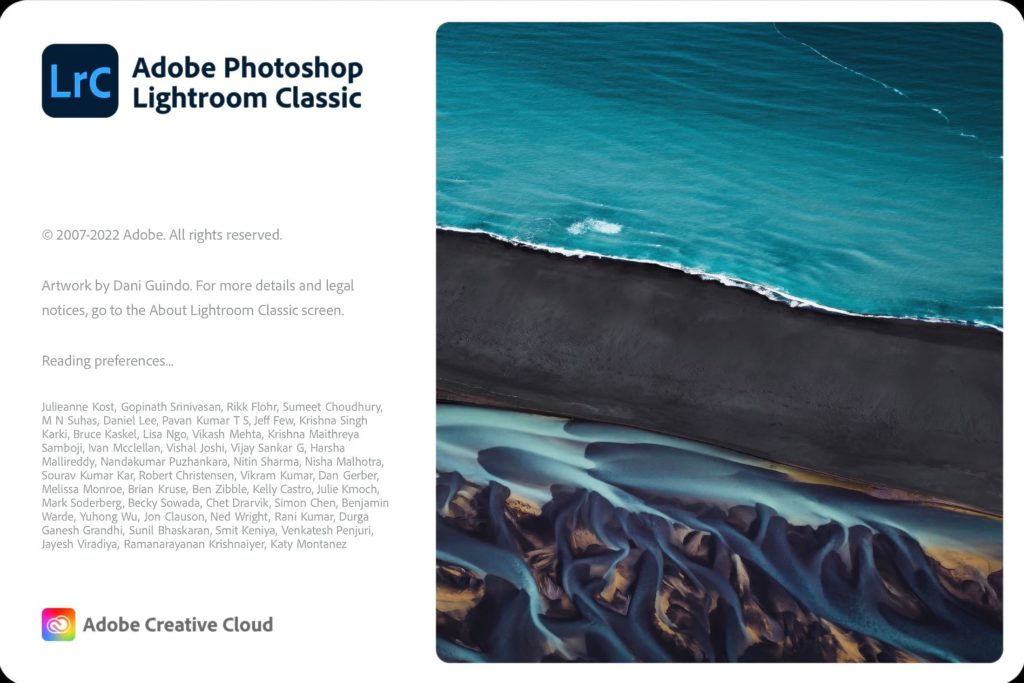(This post originally appeared on my photography-focused blog)
If you’re a user of Lightroom, you’re probably aware that there are—confusingly—two products called Lightroom:
- Lightroom Classic – The OG application that’s focused on professional workflows. Features the ability to add plugins, print, complex organizational tools, local storage and management of photos, etc. Unfortunately, Adobe has done the photography world a disfavor by naming it “Lightroom Classic” as this implies that it’s the older version of Lightroom and is no-longer in active development, which is far from the truth and new features are continuing to be added. In my opinion, this application should be renamed “Lightroom Pro” to signify that it’s targeted towards pro users and amateurs that need more features than the other Lightroom:
- Lightroom – That’s it. Just “Lightroom”. This application works on both traditional computers (Macs and PCs) as well as mobile phones/tablets and is aimed more at casual users who need to edit photos “on-the-go” or without external editors beyond Photoshop. It doesn’t feature a print module and its organizational tools are simplified, without complex keyword hierarchies or smart collections, amongst other features. For this application, your photos are stored on Adobe’s cloud and it doesn’t care about your local photo assets—it’s source of truth is the cloud. Unfortunately, there are costs involved with cloud storage, so buyer beware!
That said, just because there are two different Lightrooms, it doesn’t mean that you can’t configure them to play somewhat-nicely with each other. The solution for this is Lightroom’s sync capabilities.
Lightroom supports sync between both applications, with some caveats. In this post, I’ll try to explain and demystify the workings of sync as it’s an oft-asked question on various forums online. The key things to remember are listed below (for simplicity, I will refer to Lightroom Classic as LrC and Lightroom (the mobile/cloud version) as Lr)
- If you ingest photos into Lr on your desktop or mobile device (either via SD card or the mobile app’s camera or from your local disk or camera roll), these photos are synced at full-resolution to the Adobe Cloud and are available on all devices at full resolution in which you are logged into the same account, including in LrC if you’ve enabled synced and have specified a location in settings for Lightroom’s synced images. This means that if you, for example, are on vacation and just have your iPad, you can use an SD card reader to import photos from your camera to Lr and once they’ve synced up to the cloud and back down to your personal computer, these full-resolution photos will be available in LrC for you to do as you please. If you import a photo you shot on you phone’s camera (or used the built-in camera in the app), these will also be synced up to the cloud and back down to your PC. They will also be synced down to any other device on which you use Lr. So, in my example of using an SD card to import your camera’s photos to Lr, those photos would, once synced, be available on your phone (in Lr) and on your PC. The caveat, here, is that these photos consume space on your account in Adobe Cloud. Photos can be removed from the Cloud and thus will no longer be available on any Lr instance, but will still be available in your LrC catalog, as deleting photos from the cloud never affects the originals in LrC. So, in my example, to save cloud space, once you’re home from your vacation and are certain that everything has synced from Adobe Cloud to LrC, you can delete the photos from Lr and you will still have them in LrC.
- Photos ingested into the Lightroom ecosystem via LrC on your PC or Mac behave a little differently in that only Smart Previews (which are reduced-resolution copies of the photos in the DNG (Digital Negative) format are synced to the cloud. And these photos are only synced if you add them to a collection in LrC that is enabled for syncing. Thus, only these smart previews are synced to your instances of Lr, which is fine for editing (as edits are synced across the ecosystem) or for lower-resolution exports for use in non-resolution-critical instances, such as posting to Instagram. The benefit here is that these Smart Previews do not count against your consumed storage on Adobe Cloud, so no worries about running out of space or incurring overage charges.
To make this easier to visualize, I put together this diagram:

